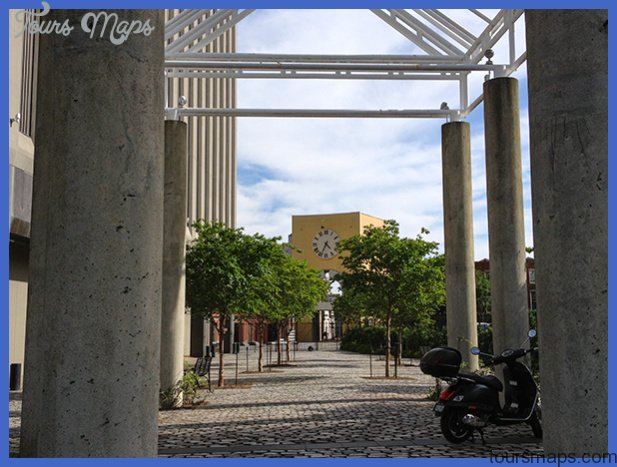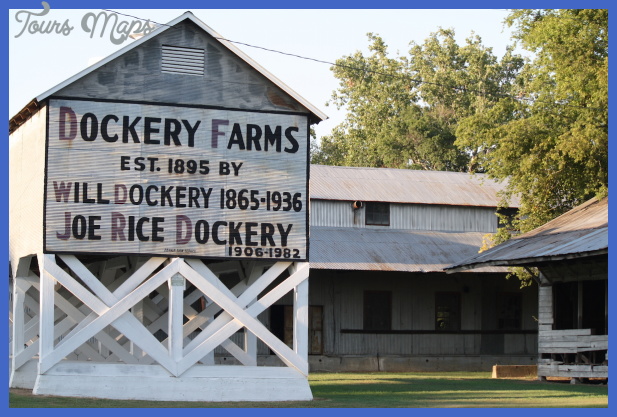Latino culture in Mississippi has been both visible and invisible, mainstream and separate from the culture of white and black Mississippians. The signature Mississippi hot tamale is perhaps the best-known cultural contribution of Latinos to the state. Though theories on the tamale’s arrival to Mississippi abound, food historians suggest that tamales became popular in the 1920s as a result of the influx of Mexican migrant workers to the area. Memories of tamales’ presence in the Delta date back to the 1910s, and since then there has been a dynamic relationship between the Delta’s Mexican and non-Mexican tamale producers. Because the tamale stayed warm all day, it proved particularly well suited for the cool fall days of cotton picking in the Delta. Working alongside Mexicans, the Delta’s African American cotton laborers soon adopted tamales as their own.
Yet, the Mississippi hot tamale did not develop entirely in isolation from its Mexican cousin. Capitalizing on Mississippians’ fondness for the tamale, Mexicans in the area during the 1940s and 1950s once again sold tamales to eager customers. Today, dozens of Mississippi establishments serve Mississippi’s unique brand of hot tamale. Ironically, though the Mexican migrants of the 1920s and 1930s left a lasting mark on Mississippi culture, their isolation on separate plantations made the establishment of a communal cultural life of their own exceedingly difficult.
The Tejanos who came to the Delta during the 1940s and 1960s enjoyed a richer cultural life than their Mexican-origin predecessors of the 1920s and 1930s. Improved roads and looser labor controls enabled a community life that had been difficult for the earlier, isolated Mexican workers to achieve. Other than the ubiquitous tamale, this period saw little crossover between Latino culture and that of native Mississippians. Tejanos from around the Delta would travel up to 20 miles each Saturday night to gather in private homes. There, they would dance all night to the sounds of Tejano bands that would come up to Mississippi for the weekend. Neither native Mississippians nor braceros participated in these festivities.
Though the most recent Latino migrants to Mississippi have established stores, bars, and faith communities apart from those of white and black Mississippians, overall the period has brought a new interaction between Latino and Mississippian cultures. In many ways, Mississippi’s rural landscape has proved particularly fertile for Latino cultural influences. Unlike in southwestern or northeastern states, where Latino culture is ubiquitous, in Mississippi natives have received Latino culture as an international novelty and unique opportunity to forge a new, more cosmopolitan identity. For example, in the small town of Newton, population 3,700, Mexican migrant entrepreneurs organized an authentic Mexican bullfight purportedly the state’s first in a 4,000-person arena in 2005. Locals flocked to the event, and the Newton Chamber of Commerce embraced and promoted the bullfight, hoping it would draw tourists from throughout the South. Officials correctly predicted that bullfighting would become an important local attraction, putting Newton on the itinerary of visitors to nearby Indian casinos.
Given Mississippians’ longstanding love of tamales, white and black Mississippians have been particularly receptive to the arrival of dozens of new Mexican restaurants since the 1990s. Though they are mostly run by migrants, the restaurants’ novelty has attracted a mostly non-Mexican clientele. For example, native-born residents of Cleveland, a Delta town, fiercely debate which Mexican restaurant on Route 61 is the best: Guadalajara or La Cabana.
notes
1. Due to the near invisibility of Latinos in Mississippi until very recently, there were no published academic works to draw upon in the writing of this chapter. For the period 1908-1960s, I have drawn upon my own original research as well as that of Richard Enriquez. For the post-1970 period, I have drawn upon the unpublished original research of Angela Stuesse, Anita Grabowski and Laura Helton. All information on this latter period is therefore based on these scholars’ research, in addition to newspapers and oral history interviews. I thank them for giving me permission to include their work in this chapter.
2. Weise, 2005; Weise, Mexicans and Mexican Americans in the Mississippi Delta, 2007.
3. Weise, ‘Different . . . from That Which Is Intended for the Colored Race,’ 2007.
4. Enriquez, interview with Mrs. Daniel (Alice) Soto, 1991.
5. Enriquez, interview with Mrs. Daniel (Alice) Soto, 1991.
6. John, 1998.
7. Davis Maute, 2005.
8. Lindsay, 2003.
9. Brown, 2003.
10. Steusse, 2008.
11. Davis Maute, 2006.
Mississippi cultural contributions Photo Gallery
Maybe You Like Them Too
- The Best Cities To Visit in The World
- World’s 10 Best Places To Visit
- Coolest Countries in the World to Visit
- Travel to Santorini, Greece
- Map of Barbados – Holiday in Barbados










